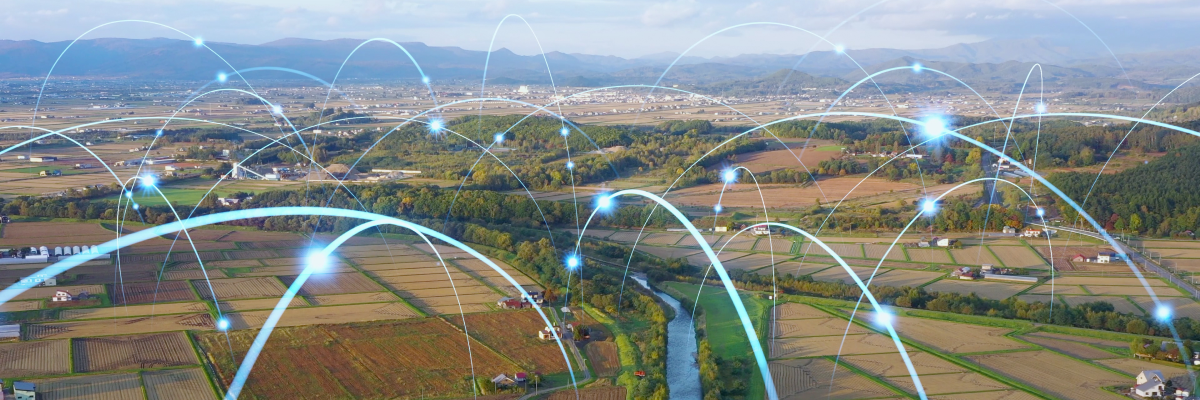That is Half I of a three-blog sequence on options to beat challenges related to bridging the digital divide.
Bridging the digital divide has been a longstanding high precedence for nations globally. In accordance with Broadband Analysis, in 2023 roughly 5 billion individuals (64% of the world’s inhabitants) have been linked to the web. Which means roughly three billion individuals don’t have the essential digital requirements equivalent to entry to information, sharing info, or speaking. As well as, they don’t have the identical entry to instructional, employment, and financial alternatives that would enhance the standard of their lives by means of digital connections.
The World Financial institution has estimated that growing the share of individuals with web entry to 75% would “increase the growing world’s collective GDP by $2 trillion and create 140 million new jobs.”
The excellent news is that the private and non-private sectors have been partnering to assist shut the digital divide, however as Broadband Analysis states: “Components like elevated affordability of units, improved infrastructure and modern providers drive this progress.”
Position of subscriber edge
Accessing the web requires a subscription to a broadband service from communications service suppliers (CSPs), utilizing both cable, fiber, DSL, fastened wi-fi entry (FWA), satellite tv for pc or 4G/5G infrastructure and units. Subscriber edge is the entry level perform for subscribers in a service supplier community by means of which they connect with the broadband community for high-speed connectivity, equivalent to accessing the web.
Subscriber edge may be deployed with different providers on the identical platform by converging residential and enterprise providers utilizing multiservice nodes. Subscriber edge options contain managing subscriber classes, and embrace capabilities like IP deal with administration, coverage and high quality of service (QoS) enforcement, and safe entry to the community by means of authentication and billing.
Shifting software and visitors calls for
Conventional approaches for providing broadband providers may be revenue-impacting and will have an effect on the standard of expertise (QoE) for a broadband person (see Determine 1). For instance, with the development of purposes and evolving transport protocols—equivalent to Fast UDP Web Connections (QUIC) and Transmission Management Protocol/ Transport Layer Safety (TCPLS)—visitors patterns inside broadband networks are experiencing a shift away from conventional transport protocols. These new protocols provide higher management to end-user purposes, which reduces the dependency on the underlying broadband community and requires comparatively easier QoS fashions.
This shift is a pivotal alternative for CSPs to simplify and modernize their complicated conventional broadband networks to handle greater bandwidth calls for, rising person base, growing video visitors and rising prices. Consequently, there’s a must relook at subscriber edge with the general subscriber providers community design, and deal with necessary areas equivalent to:
- Subscriber anchor level within the community
- Collection of subscriber edge units and structure
- Enhance end-user expertise and provide new providers
- Handle rising community prices
Determine 1. Conventional broadband centralized structure
In Half 2 of this weblog sequence, we’ll focus on how a brand new structure for broadband networks helps CSPs deal with these challenges.
Get began at the moment reimagining your
Share:


